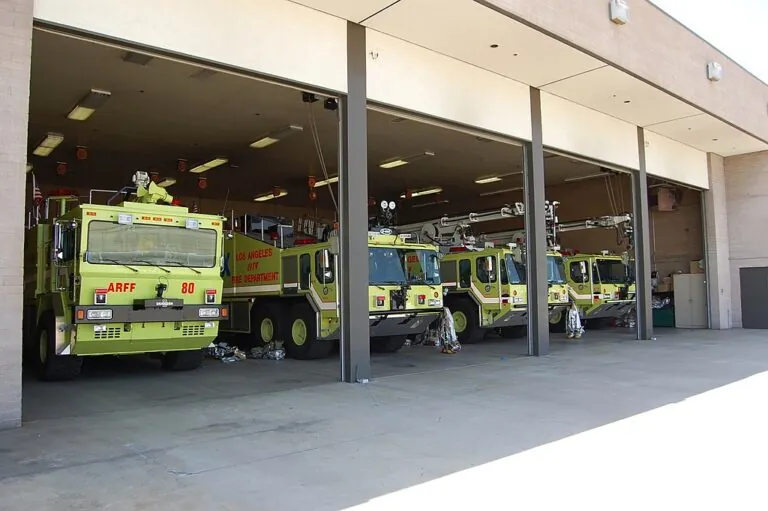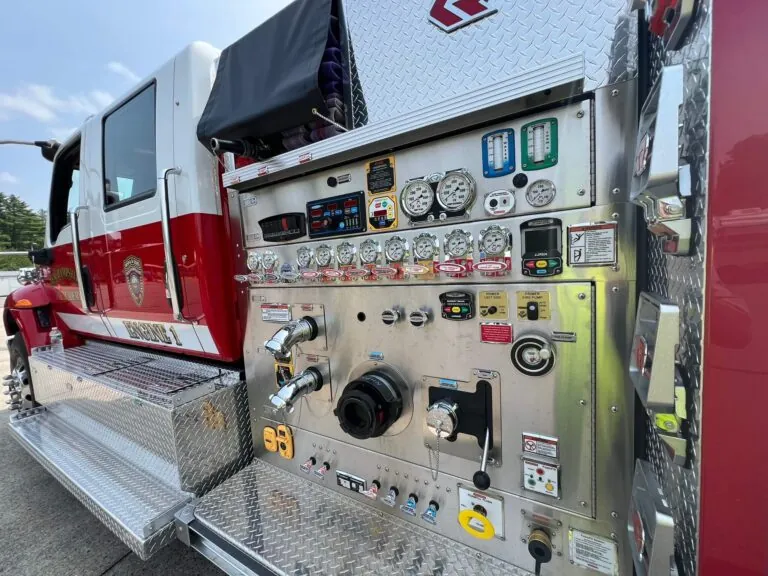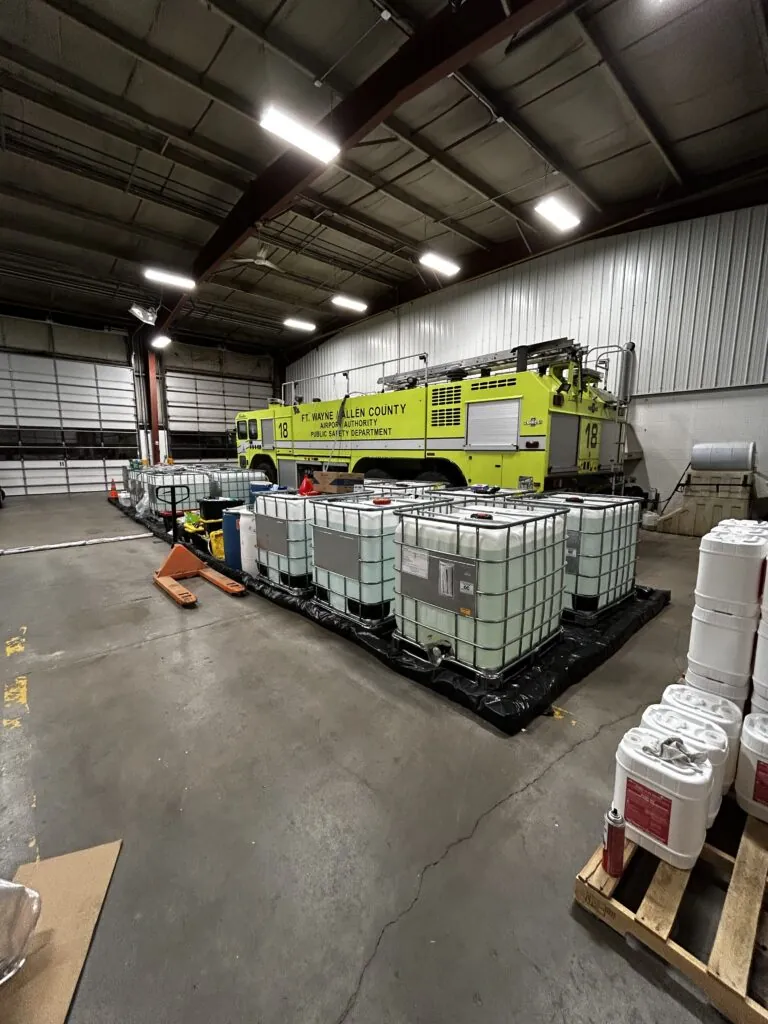Revive Environmental’s Impact at the 2025 ARFF Symposium
Revive Environmental Shines at ARFF Symposium Conference
Recently, Revive Environmental participated in the ARFF Symposium Conference, showcasing its groundbreaking PFAS destruction solutions. The event brought together industry leaders, consulting engineers, and decision-makers from across the aviation sector to discuss emerging trends, including the critical need for transitioning away from Aqueous Film Forming Foam (AFFF) containing PFAS.
Strong Interest from Airports for AFFF Transition Services
Revive Environmental’s exhibit attracted significant attention, with representatives from over 30 airports engaging directly to learn about safe and effective AFFF transition strategies. The pressing challenge of managing and disposing of legacy AFFF stocks remains a top priority for the aviation industry, and Revive provided clear, actionable solutions.
Innovative PFAS Destruction Resonates with Attendees
Revive’s patented destruction technology, the PFAS Annihilator®, designed to eliminate PFAS at the molecular level, struck a chord with attendees. Unlike traditional methods such as landfilling or deep well injection, Revive ensures that AFFF, wash-out rinsate, and associated PFAS are safely destroyed without leaving harmful residuals in the environment. Consulting engineers at the conference acknowledged the solution for its efficacy and its alignment with sustainable disposal practices, emphasizing its ability to eliminate liability risks for airports.
Relevant Project Experience
Revive Environmental has a proven track record of delivering effective PFAS destruction solutions across diverse settings, demonstrating our ability to meet the unique challenges of the aviation industry. Notable projects include:
These projects underscore our commitment to delivering safe, effective, and permanent PFAS destruction while helping our partners navigate regulatory challenges with confidence.
Conference Theme: Lots of Questions on PFAS, CERCLA, and What It Means for Airports
The recent designation of PFOA and PFOS under the Comprehensive Environmental Response, Compensation, and Liability Act (CERCLA) has far-reaching implications for airports and other industries. PFAS contamination is now federally regulated, and entities responsible for PFAS waste, including those tied to AFFF disposal, can be held financially accountable even after the material is sent to a landfill or injected into deep wells.
For airports, this means that traditional disposal methods—long viewed as “out of sight, out of mind” solutions—now carry potential long-term liability. Revive Environmental’s PFAS Annihilator technology addresses this head-on, offering a solution that permanently eliminates PFAS and removes the risk of future environmental or legal repercussions.
Potential facility impacts under CERCLA:
- Entities responsible for releasing or handling these substances can be held financially liable for cleanup costs.
- The EPA has the authority to compel cleanup actions at contaminated sites or recover costs from responsible parties.
- Industries, including airports and fire departments that historically used Aqueous Film Forming Foam (AFFF), are required to report PFAS releases exceeding regulatory thresholds.
PFAS Ramifications for Industries (Including Airports)
The CERCLA designation means that airports, as historic users of AFFF containing PFOA and PFOS, remain connected to these materials even after traditional disposal methods. Traditional disposal methods such as:
- Landfilling: PFAS can leach into groundwater and surface water, creating ongoing contamination liabilities.
- Deep well Injection: While often considered secure, these methods may still present long-term risks if containment is compromised.
- Resale: Reselling PFAS-containing materials, such as firefighting foam, does not absolve a party of liability under CERCLA.
This connection to disposed materials creates “forever liability” under CERCLA, which makes it critical for entities to explore destruction technologies that permanently eliminate PFAS, such as those offered by Revive Environmental. By destroying PFAS entirely, organizations can mitigate future legal, environmental, and financial risks.
Looking Ahead
The ARFF Symposium Conference reinforced the urgency of addressing PFAS contamination and transitioning to safer alternative F3 foams. Revive Environmental remains committed to leading this charge, working hand-in-hand with airports and consulting engineers to deliver innovative, environmentally responsible solutions that protect both people and the planet.
For more information about Revive Environmental’s PFAS destruction technology or to discuss your airport’s AFFF transition needs, please complete the form below or contact us directly at: 1-800-END-PFAS.
Connect With Us
Connect with a Revive Environmental™ expert to talk about your PFAS remediation and GAC regeneration needs.


